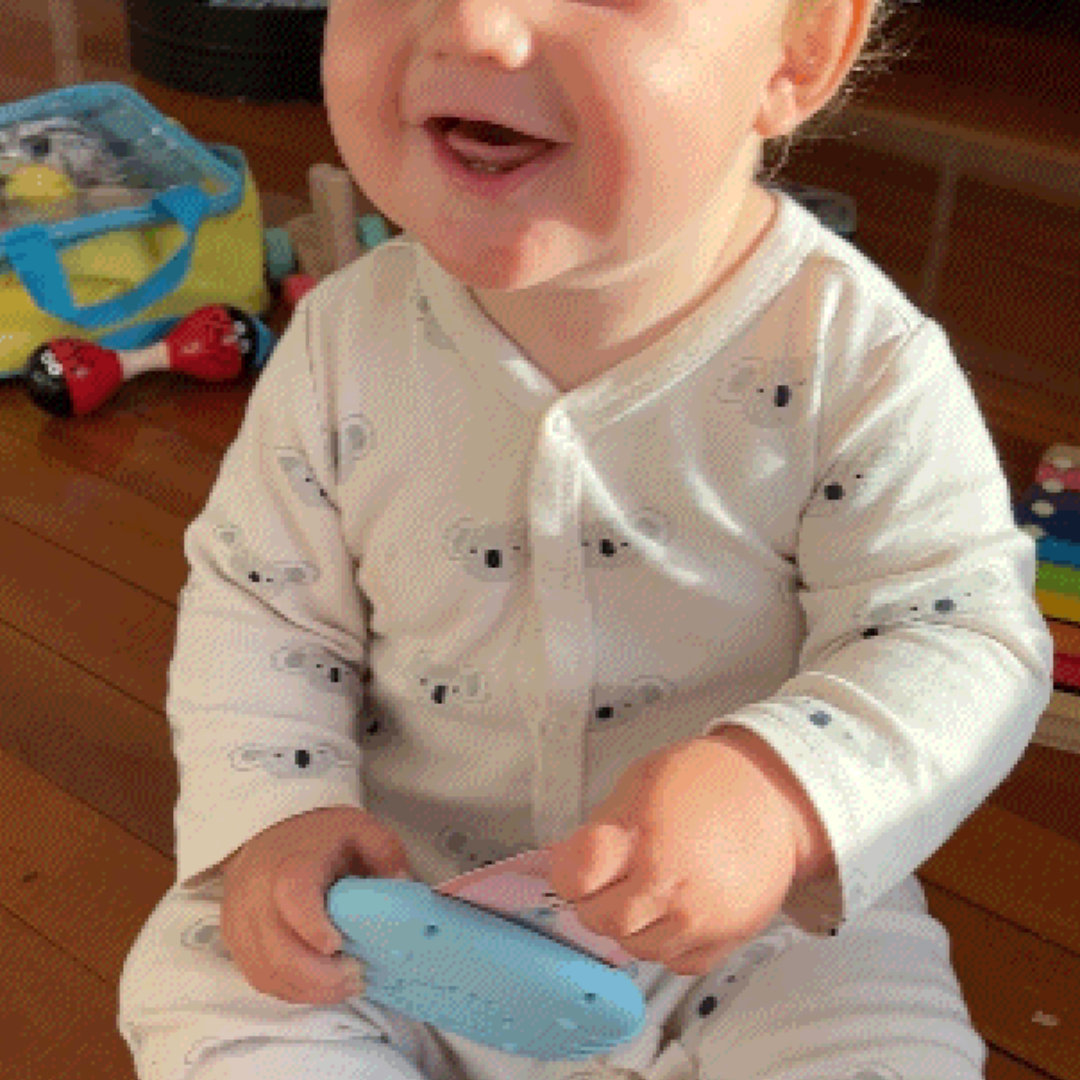I’ve worked with hundreds of toddlers struggling with delayed speech and language development. From children barely uttering a word by age 2 to those completely reliant on gestures and tantrums to communicate.
I’ve worked with families from all walks of life—from first-time parents overwhelmed by advice online to seasoned parents juggling multiple kids and desperate for help.
Back in the day (and by that, I mean just a few years ago), I used to give parents a “Speech Kickstart Plan.” It included daily routines like reading aloud, narrating activities, and limiting screen time. It also recommended specialised toys and games designed to promote speech through interaction.
It worked—but only if parents had the time, consistency, and patience to do it all, every single day. And with most families I met, that was the biggest struggle: Time.
That all changed when one mum came into my clinic with something I’d never seen before.
Her son had barely been speaking just a few weeks earlier. But now? He was pointing at things and saying their names—clearly.
I was floored.
I asked her what she had done differently, and she pulled a little device out of her bag. It looked like a colourful, chunky toy, with flashcards neatly stacked beside it.
“It’s an audible flashcard device,” she said. “You just slide in a card, and it says the word out loud. He plays with it for hours.”
I was skeptical at first. I’d seen all sorts of “educational” toys before—most of them flashy, noisy, and unhelpful. But the difference here was undeniable. Her son was engaged, excited, and most importantly—speaking.
I had to try it myself.
I ordered a unit and began using it with several of my clients during sessions.
The response was immediate. Even children who were typically resistant to structured speech activities were gravitating toward it naturally. No screens. No pressure. Just play.





